Draper Natural History Museum
Draper Natural History Museum staff and volunteers conduct long-term ecological research in the Greater Yellowstone Ecosystem and keep up with all the wildlife and science news and issues related to this world-renowned, natural treasure. Keep up with Draper Museum fieldwork and Greater Yellowstone news and information here.
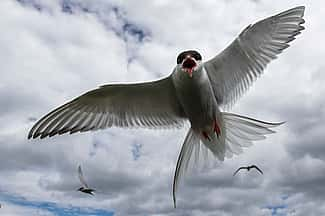
The Basics of Bird Migration Part I-Knowing When, Grouping, and How They Prepare
Migration can be one of the most dangerous times in a bird’s life, yet it is intended to improve their long term…
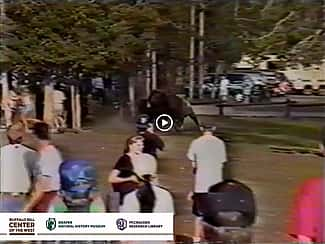
Museum Minute: Historic Video Archives Teach a Lesson: Don’t Get Close to Wildlife
The McCracken Research Library has been working to compile historical video footage of natural history events in the Greater Yellowstone Area. There…
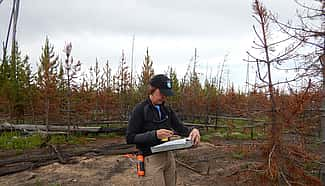
University of Wisconsin-Madison professor awarded $100,000 Camp Monaco Prize research grant
The Camp Monaco Prize Partnership has announced the winners of the $100,000 Camp Monaco Prize, which supports integrated scientific research and public…
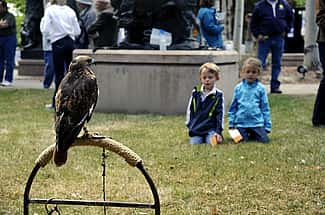
The Faces of Conservation
I am a poster child for the wonders of educational outreach programs. My life was completely changed during an hour-long Birds of…
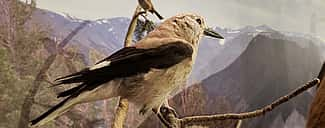
Museum Minute: Clark’s Nutcracker
The Clark’ s Nutcracker is a high mountain bird located in the Western U.S. The bird is pretty unique for its ability…
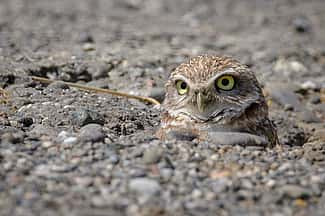
Nest Protection and Defense
In early Spring through the beginning of summer many birds are either incubating eggs or busy feeding hungry hatchlings. During this time,…